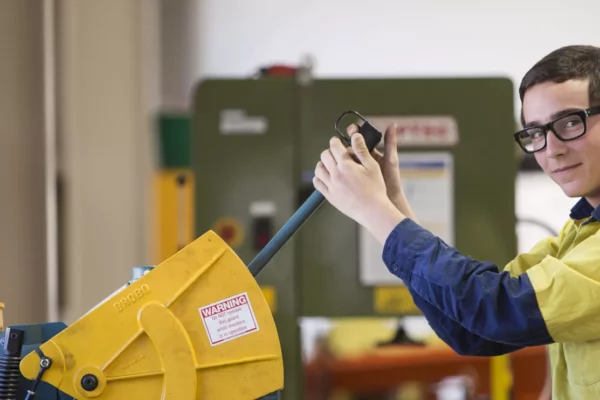Where Are People Learning Spanish?
Spanish is one of the most popular second languages in the world. There are any number of reasons for that: it allows people to connect to their roots, speak with their neighbors, improve their job prospects and travel to new places. The biggest reason, though, is that it’s just one of the most spoken languages in the world.
We wanted to know where, exactly, people in the world are learning Spanish with Babbel. Let’s dive in!
Where In The World Are People Learning Spanish?

By far, the country learning Spanish the most is the United States. With four times as many learners as the runner-up Germany, it’s unquestionably the leader in Spanish learning. There are two driving reasons for that. First, the United States simply has a massive population. Second, Spanish is the second-most spoken language in the United States generally. With close proximity to Mexico and the rest of Latin America, the United States has a good explanation for being on top.
Next up are Germany, the United Kingdom and France, in that order. None of them are particularly surprising, given their geographical closeness to Spain itself. Spain is a popular tourist destination for residents of all three countries, and it’s always good to learn some of the local language before you go. Also, Spanish is the seventh most popular language overall in Europe, giving people ample opportunities for speaking the language.
There are, of course, hundreds of thousands more learners throughout the rest of the world. Spain itself comes in 13th overall, and pretty much every country has some number.
Where Are People Learning Mexican Spanish?

When we turn from European Spanish to Mexican Spanish, the United States has an even more commanding lead. A full 88 percent of people learning Mexican Spanish with Babbel live in the United States. Far, far behind that are Canada, the United Kingdom and Germany. Once again, the United States being right next to Mexico and having a strong Spanish-speaking population drives these numbers.
If Mexican Spanish makes so much more sense in the United States, why are so many people still learning European Spanish? The answer to that has less to do with any clear logistical reasons: Babbel’s Mexican Spanish lessons are simply newer, and have not built up the same user base. As of now, there are still more Americans learning European Spanish than Mexican Spanish, though that trend is slowly shifting. It’s likely that pattern will flip in the near future.
Which Version Of Spanish Should You Learn?
European Spanish and Mexican Spanish are mutually intelligible, so no matter which version you choose to tackle, you can easily learn the other. If you’re not sure what makes sense for you, however, you can ask yourself these questions.
- Why are you learning the language? This is the first question you should ask yourself no matter what language you’re planning on learning. The biggest reason people stop studying is because of a loss of motivation, so it’s important to have a clear goal in mind when you set out, even if that goal is as simple as “learning would be fun.” Depending on what you want to do, it might be obvious which Spanish makes more sense.
- Which Spanish-speaking communities do you live closest to? If the opportunity for natural practice comes up, you should definitely take it. Identifying which variety of Spanish is more common in your area should be simple enough to do, and it can clarify your choice.
- How much do you want to learn vosotros? One of the clearest differences between Mexican and European Spanish is that European Spanish uses vosotros, the second-person plural. This means that there is an additional conjugation for every verb. Should that be the deciding factor in which variety you learn? Probably not, but it’s worth keeping in mind.
If after all that it’s still a coin flip, just pick one. There may be a little bit of a learning curve when you move from one to the other, but knowing the “wrong” Spanish is better than letting a decision block you from learning any at all. And it’s worth noting that even among these two Spanishes, there are countless other varieties, so the dialect you choose is just a jumping off point to the larger world of Spanish. ¡Buena suerte!





